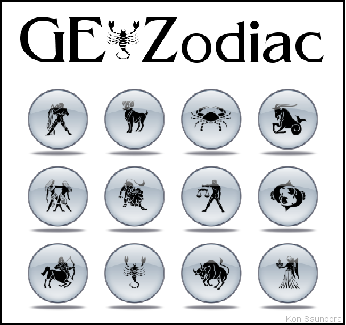There are several good books:
New CCD Astronomy by Ron Wodaski; as the title implies deals with CCD
imaging, and has a great section on scope, mounts and image scale.
Image scale is the magnfication, so to speak of the image, and is
dependant on focal length and pixel size. For example, if I am
stating the correctly 2 arcseconds per pixel means that your CCD is
seeing 2 arcseconds of sky per pixel. A rule of thumb is that an
image scale less than 2 arseconds per pixel requires fairly good
seeing and good tracking.
An ST2000 on a 10" SCT at f10 has an image scale of .6 arcseconds per
pixel. This low image scale (high magnfication) requires very steady
skys and very good tracking by the mount; this small image scale
would be a challenge for even an experiened imager.
Ron Wodaski has an very good tool for testing image scale with
various scope and camera combinations;
http://www.newastro
You may find it helpful to read a bit about image scale in Wodaski's
book, get this tool and become familiar with image scale. It will
save you months of frustration!
Also, I think you said you have an SCT; I suggest using a 3.3 focal
reducer; this will widen the field of view and lower than image
scale.
Even better, piggy back a small 80mm f6 refractor on your scope (the
Orion ED80 can be had for around $500 and gives very nice images.)
Image through the small refractor and let the SCT be the guide
scope. You will have a much easier time focusing, tracking and
figuring out exposures.
One other good text is Astrophotography for the Amateur by Michael A
Covington. This book deals with film and CCD, and offers a good
discussion of how to form an image on the film plane (applies to CCD
in many respects.)
Well, good luck!
SteveL
--- In SBIG@yahoogroups.
>
> --- "Josh Fuchs" <fuchs.josh@
> > Where can I find a good reference on exposure times.
>
> Re Lunar/planetary:
> Instead of trying to find and follow a prescription, you are better
> off figuring it out for yourself. Just take a series of different
> exp times and measure the maximum and minimum ADU in the image.
When
> it exceeds 40,000 ADU (approx) then that is the longest time that
you
> should use (longer will cause the camera to saturate). If the min
> ADU is less than 1,000-2,000 (approx) then that exp time is too
short
> (camera noise starts to degrade the image at low ADU).
>
> Re DS:
> DS imaging is very different from lunar/planetary and much of the
> equipment and skill you develop shooting moon/planets will not be
> useful for DS. Essentially there is no real exposure guide for DS
> objects because the longer you expose the more you see. Of course
> there is a practical limit to how much time you can afford or
desire
> to spend and that time is your "optimal exposure"! <g>
>
> An important aspect of DS imaging is the duration of sub-exps. You
> should take many "short" exps and combine (stack) them for the
final
> image. The duration of the sub-exps should be long enough so that
> the unavoidable sky noise overpowers the camera noise (noises add
> quadratically, so if one noise is significantly larger than another
> noise then that smaller noise has little impact on the image). The
> optimal minimum sub-exp time is determined primarily by readout
> noise, sky brightness, and f-ratio. There are several web
calculators
> to help you figure this out, e.g.
> http://www.ccdware.
>
> re Color:
> Forget about color for at least several months and learn how to do
> acceptable monochrome images (that's difficult enough!) Good color
> is almost 4x more work/difficult than monochrome. <g> As for your
> failure to assemble a test color image, I'm sure you will figure it
> out (probably has to do with the software you are using).
>
> Stan
> http://www.stanmoor
>
Change settings via the Web (Yahoo! ID required)
Change settings via email: Switch delivery to Daily Digest | Switch format to Traditional
Visit Your Group | Yahoo! Groups Terms of Use | Unsubscribe
__,_._,___




Tidak ada komentar:
Posting Komentar